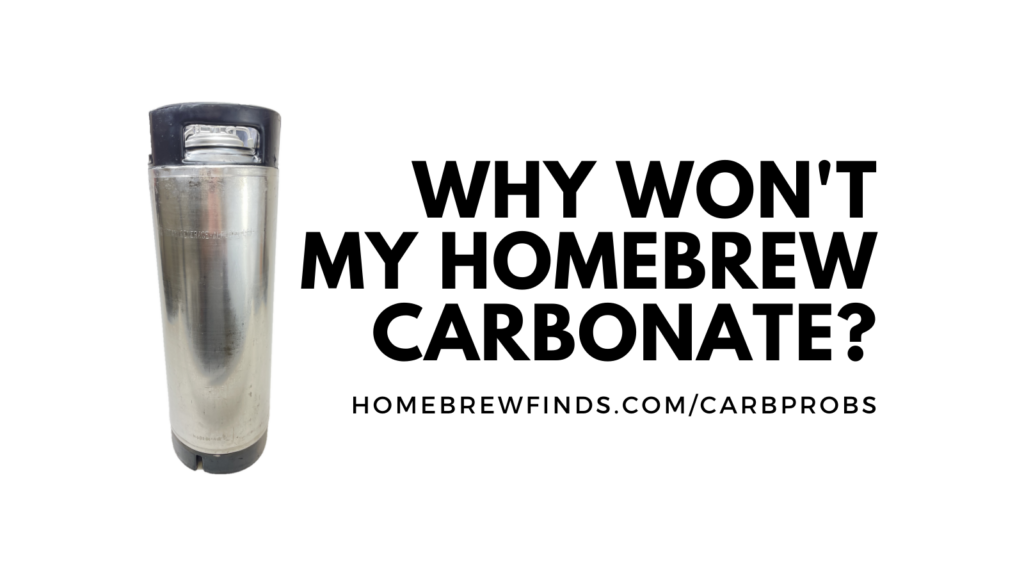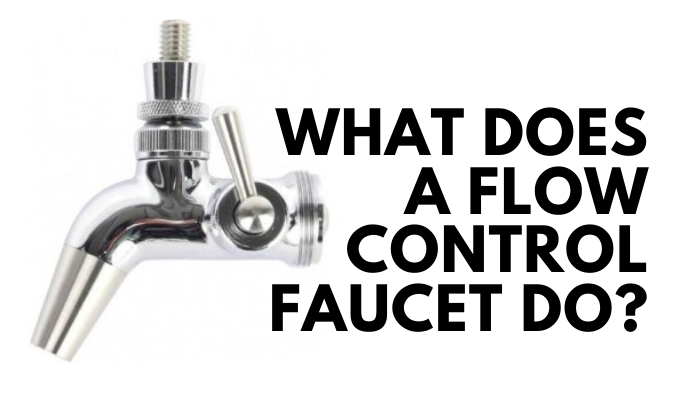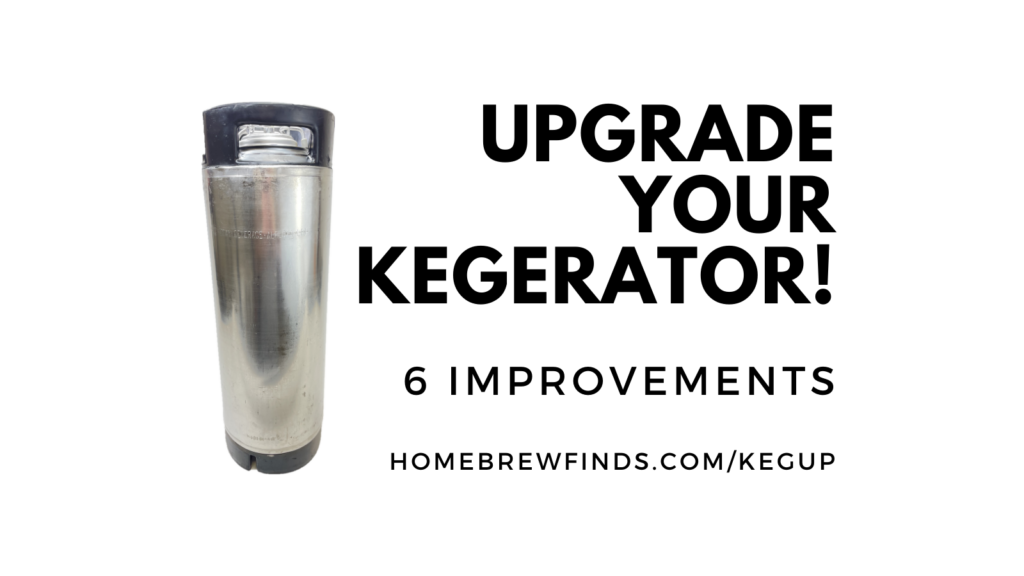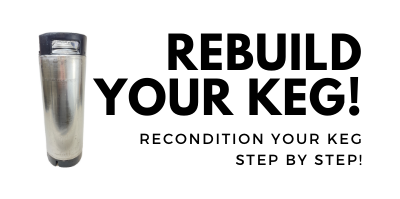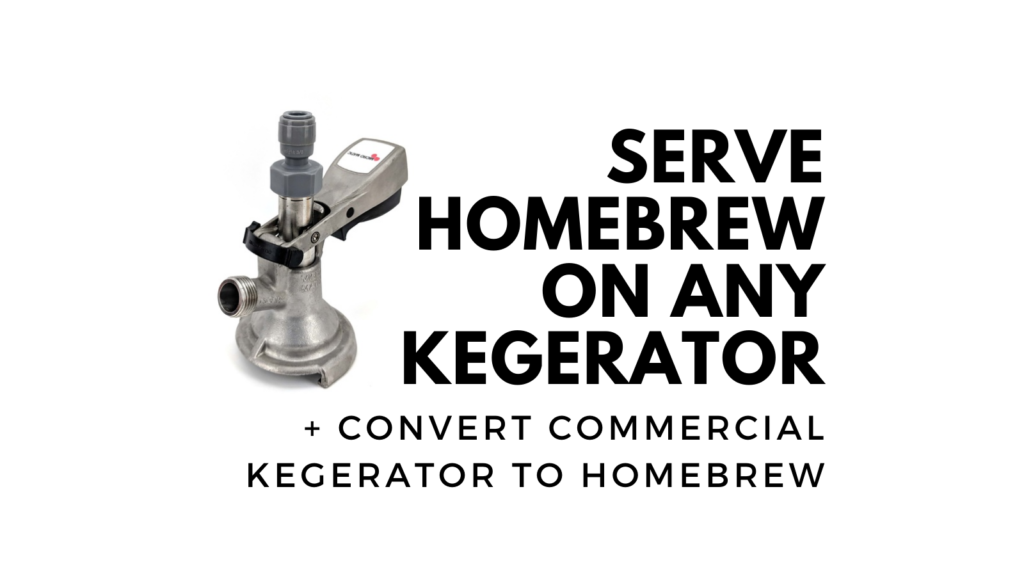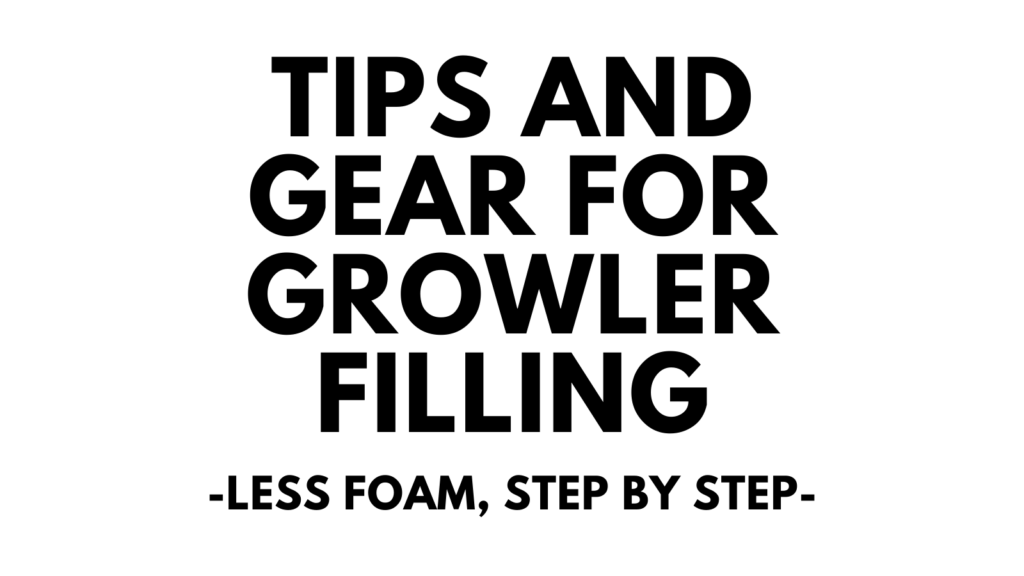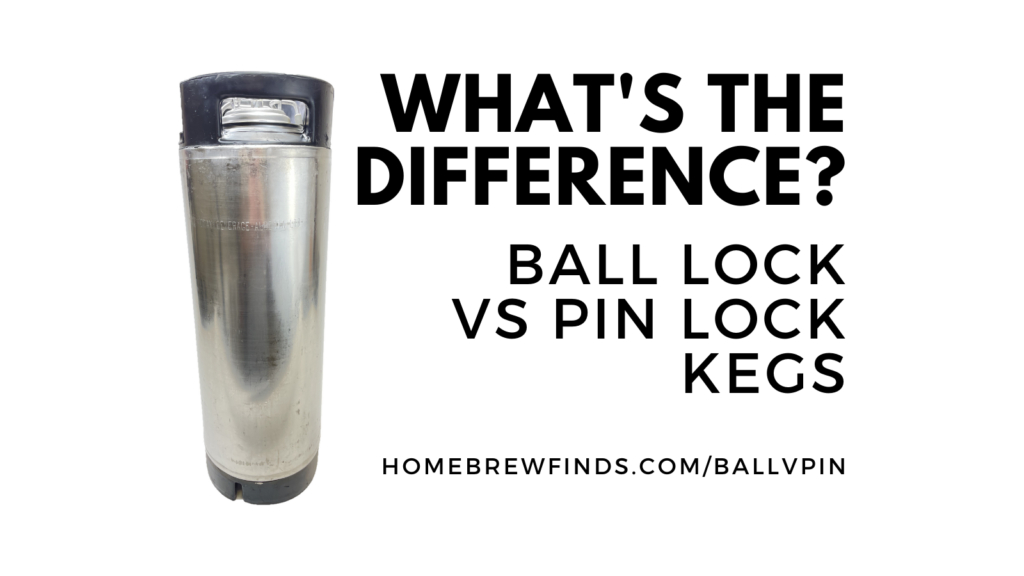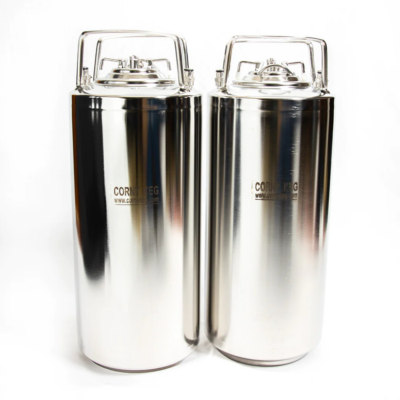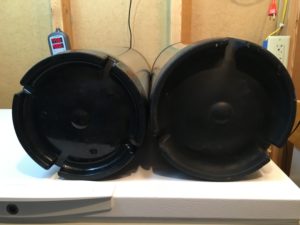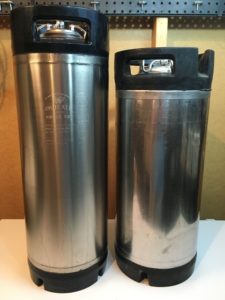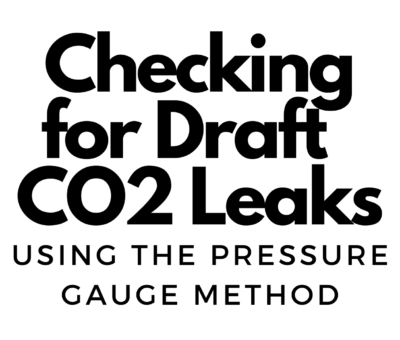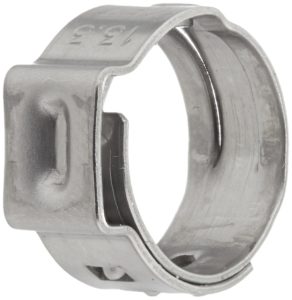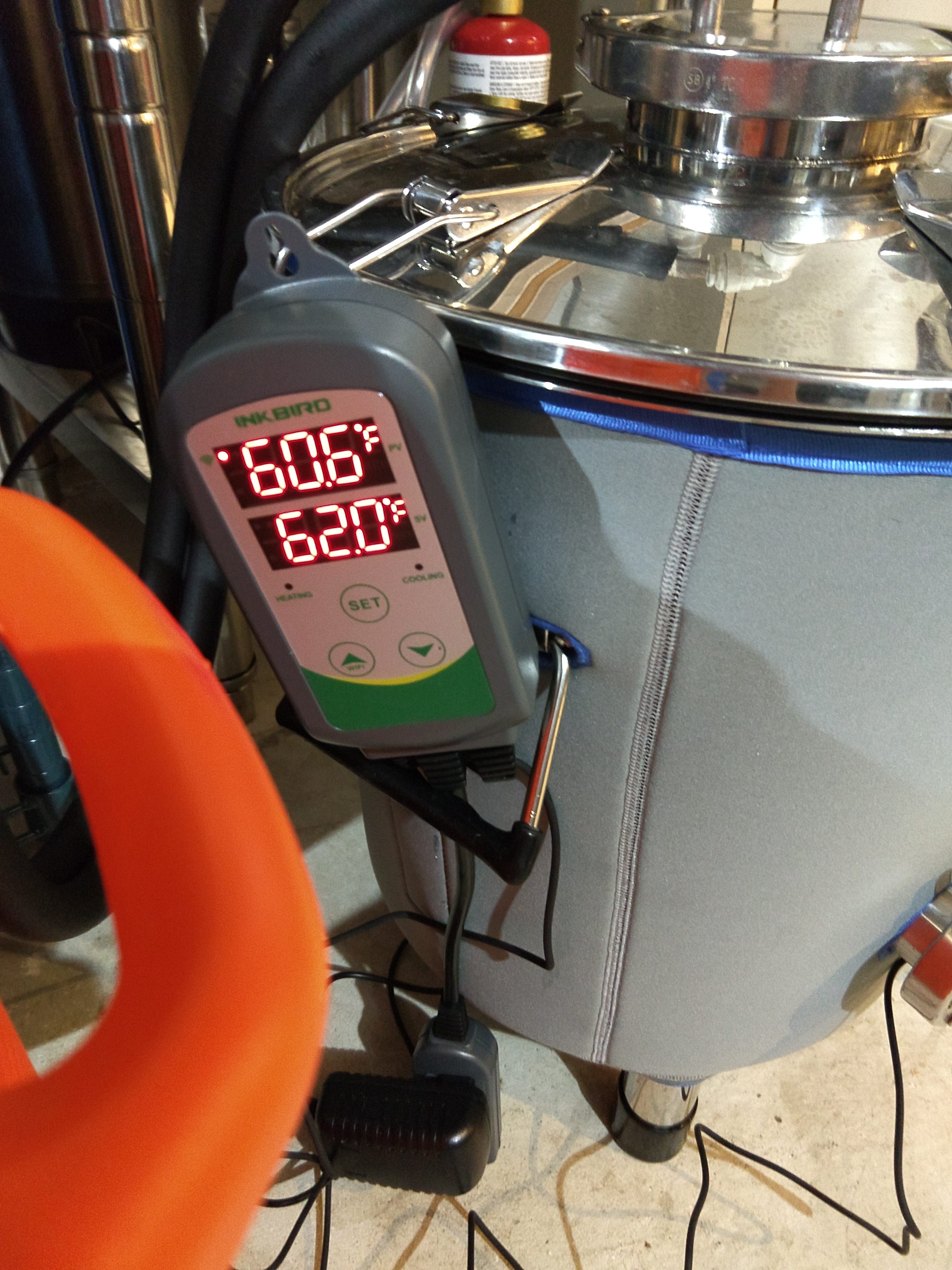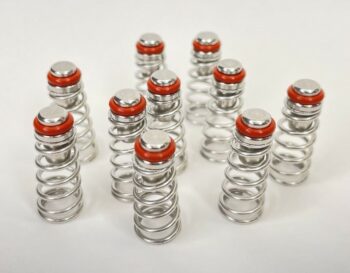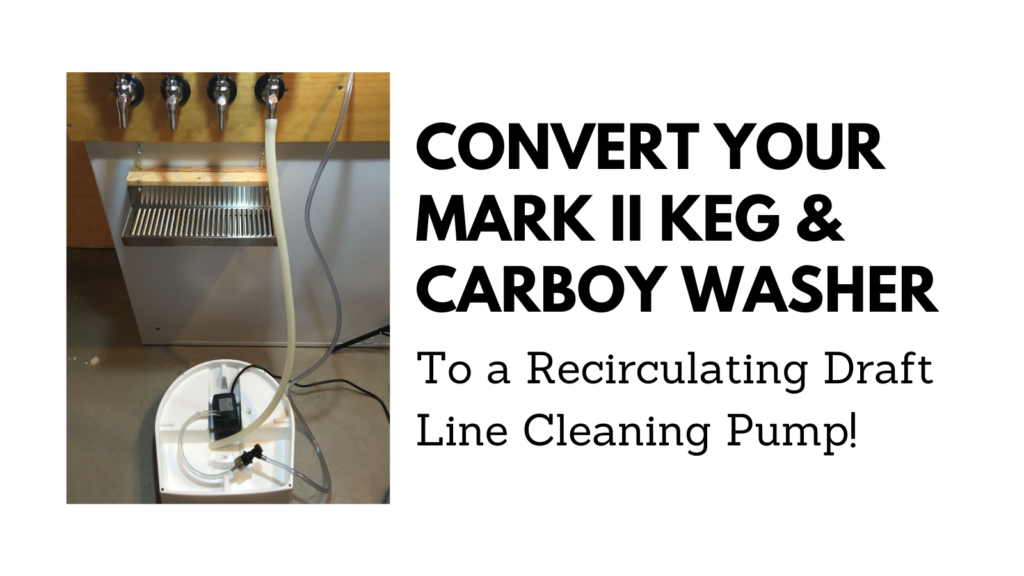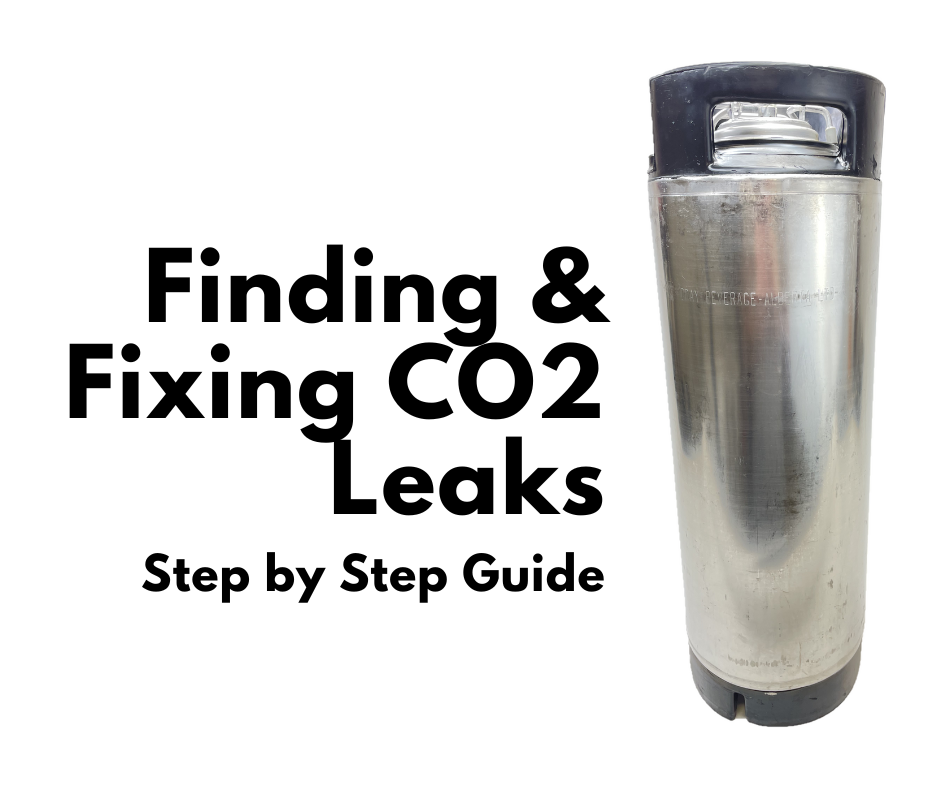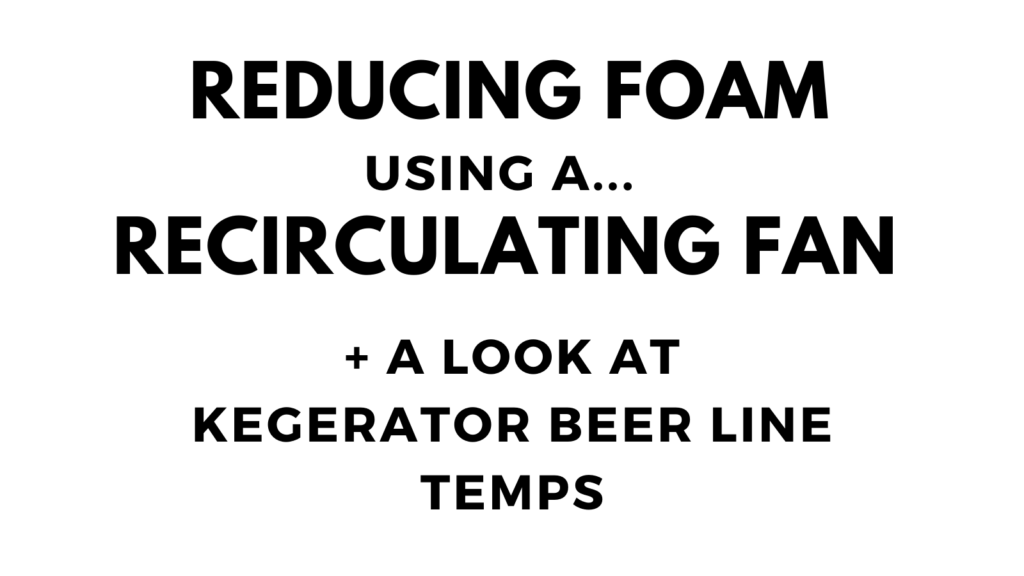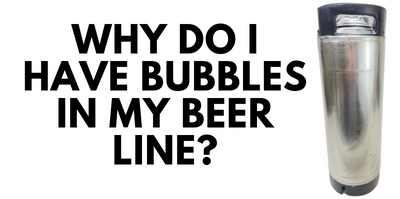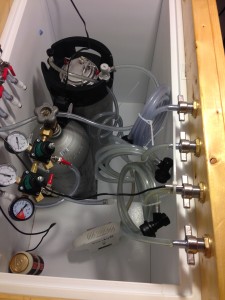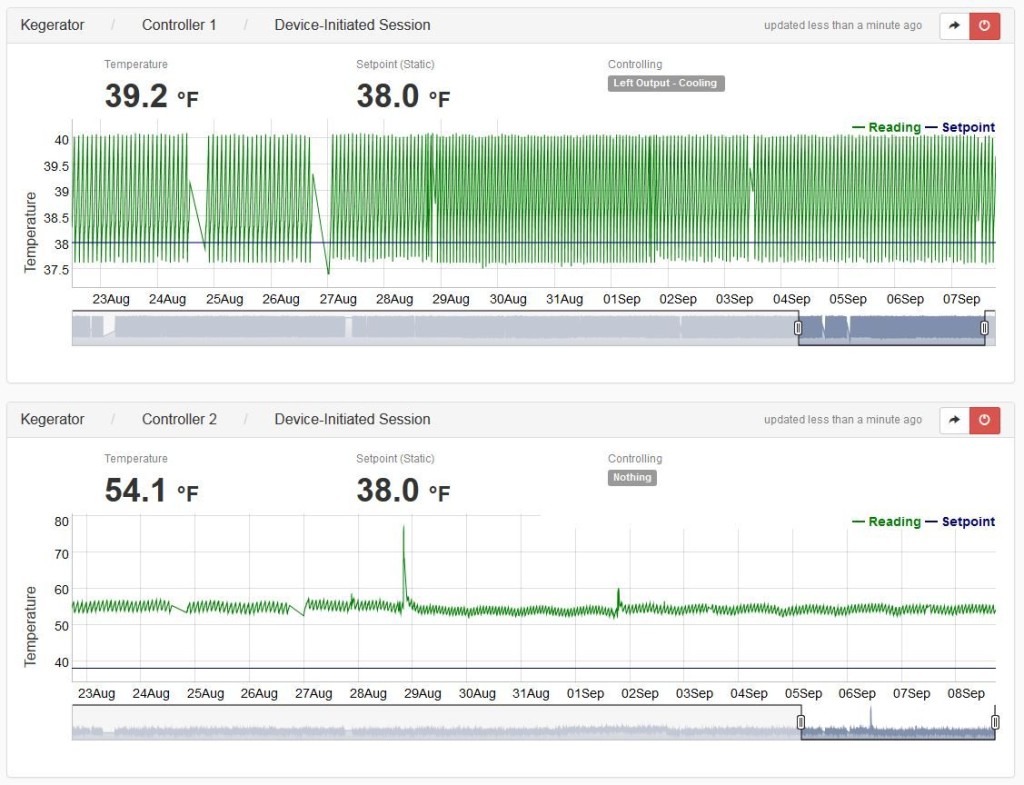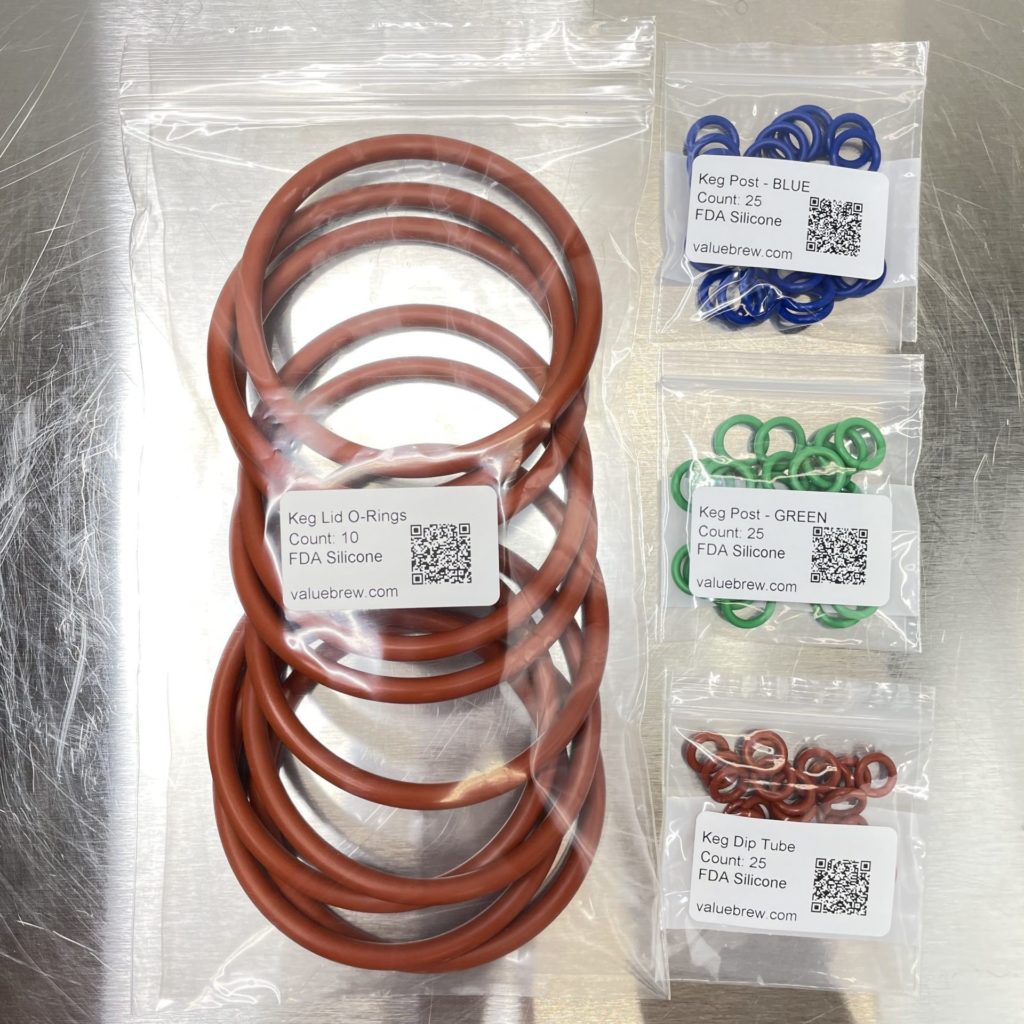 See More About O-Rings in our Keg Rebuild Post – Jump To: Replacing O-Rings
See More About O-Rings in our Keg Rebuild Post – Jump To: Replacing O-Rings
Selecting the Right Material for Keg O-Rings
I would venture a guess that Silicone and Buna-N are the two most commonly used compounds for keg o-rings. EPDM, which has been the choice of professionals for a long time, is probably a distant third, but coming on strong since they’ve become more accessible to homebrewers.
This post is going to take a look at all three, with the goal of helping your choose the right material for your application.
But first things first, let’s talk about food safe materials…
Food Safe Materials for Keg O-Rings?
Most of the o-rings that are marketed to homebrewers do not claim to be food safe.
In my experience, it’s extremely difficult to find offerings that claim to be safe for food contact. Maybe some of the o-rings that are available are food safe, but very few are actually labeled as such.
But why? One possible reason… they aren’t food safe. Beyond that, one industry insider I spoke with said suppliers have a potential problem with fulfillment. Since many options and materials are available, It’s difficult for some distributors or sellers to guarantee you’re getting a food safe option.
- Just because an o-ring is marketed for use in a keg doesn’t automatically mean that the materials and production processes used are food safe.
- If you think about it from a random supplier or manufacturer’s perspective… they don’t know what you’re putting in your keg, maybe it’s not even food. The problem that we, as homebrewers, have is is… beer is food and meant for human consumption.
- You cannot say all o-rings made from [fill in material here] are food safe. Certain quality standards and processes are required.
One notable supplier features all food safe o-ring offerings.
Generally speaking, food safe o-rings may cost a little more, but, we’re, generally, only talking a few cents per o-ring. It’s worth it.
If you’re using your keg for anything food related (beer=food)… My recommendation is to purchase o-rings made out of material safe for food contact.
Compound Selection – Comparing EPDM, Silicone and Buna-N
Terminology
- Compression Set Resistance – A measurement of the ability of a substance to return to it’s original thickness after long term compression.
- Compressibility – How well can a material compress to make a quality seal? This is related to hardness, but practically it’s not exactly the same thing. Most keg o-rings are the same hardness, 70A, yet we see Silicone sealing better than Buna-N.
- Permeability – How well can well can air or oxygen transverse a compound. This is measured in different ways, I’m going to generalize labeling materials excellent or good.
- Typical Durometer – A measurement of the hardness of a material
Continue reading →


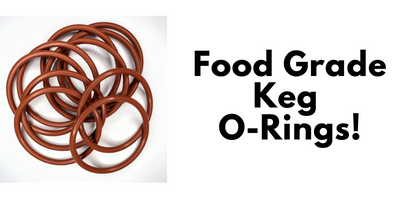

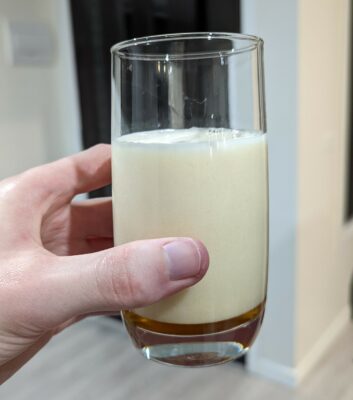 Thanks to u/Procrastinator548 on Reddit for this photo
Thanks to u/Procrastinator548 on Reddit for this photo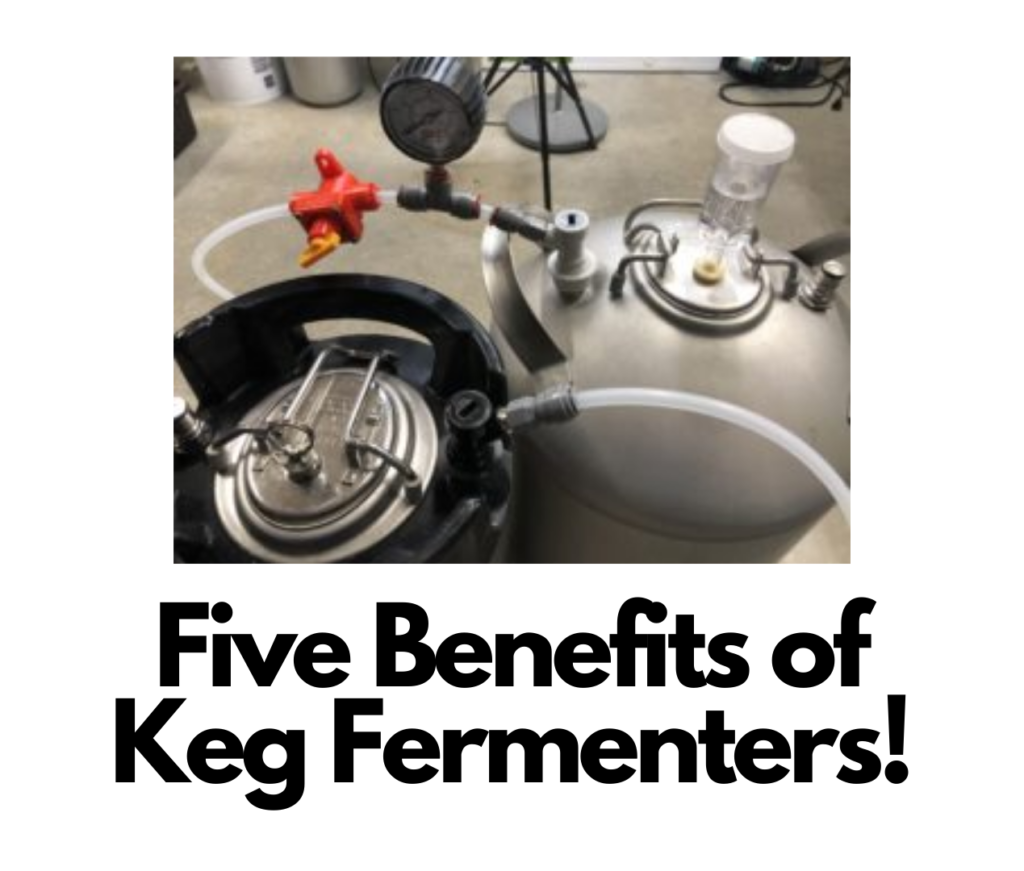
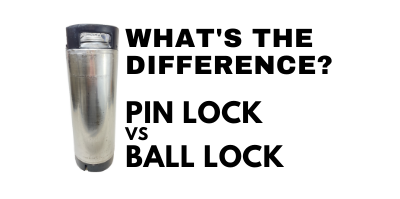
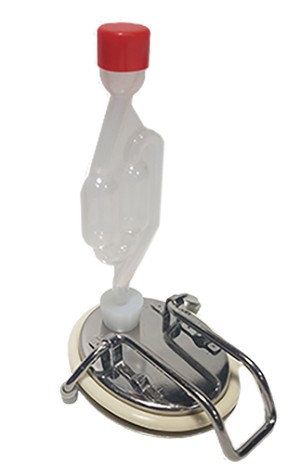
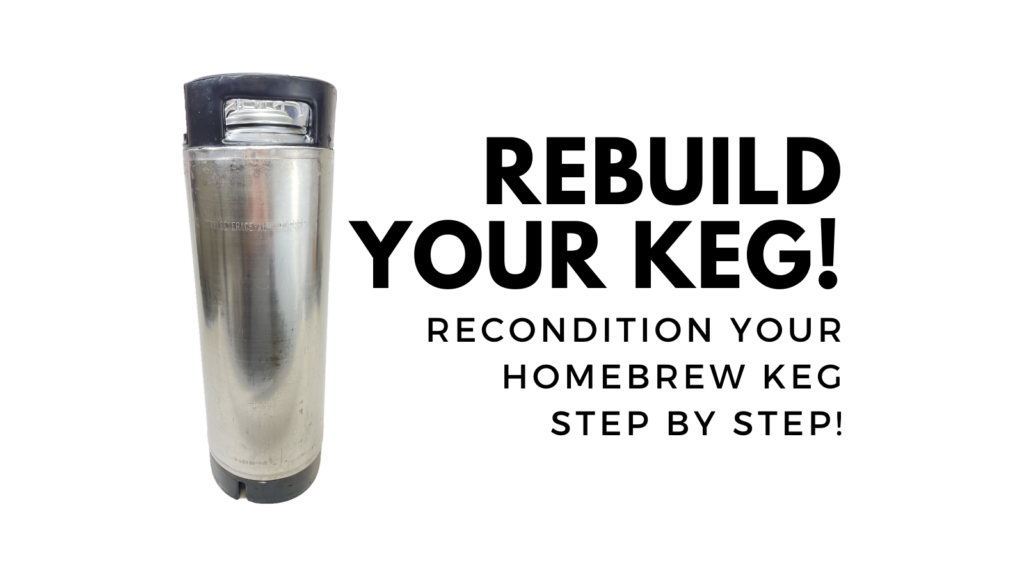
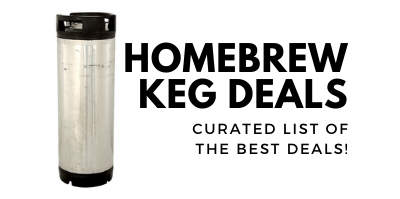
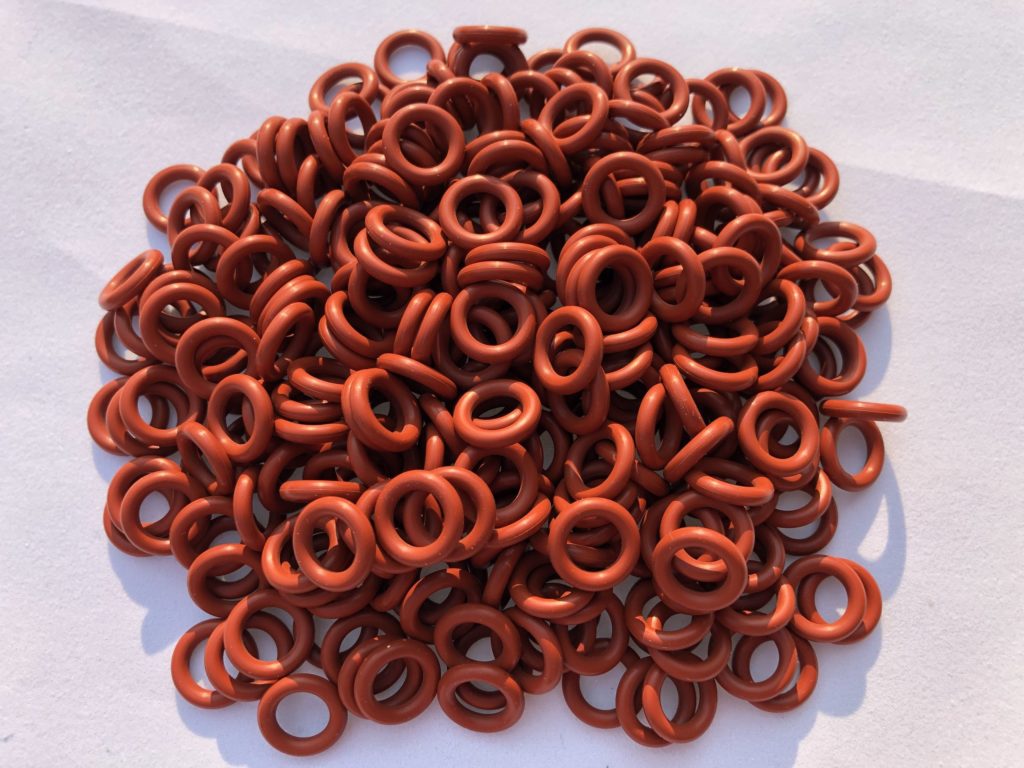
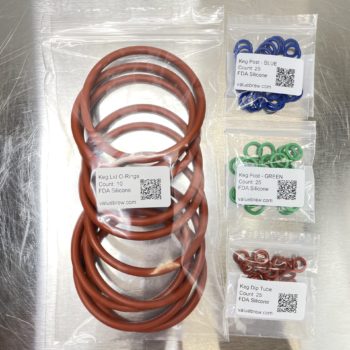
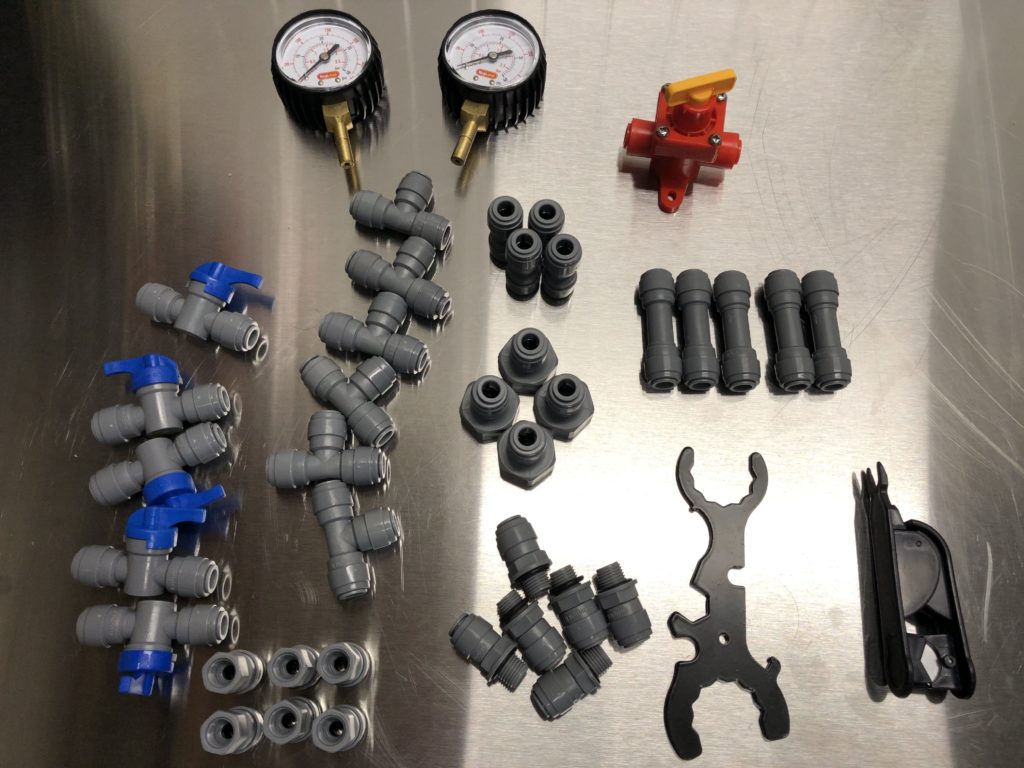
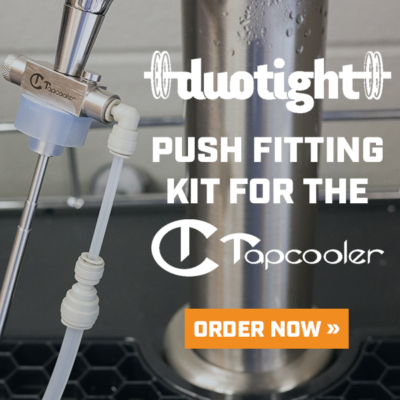
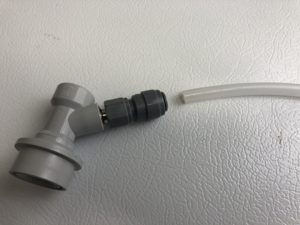 DuoTight Ball Lock QD on Left, Compatible EVABarrier Tubing on Right
DuoTight Ball Lock QD on Left, Compatible EVABarrier Tubing on Right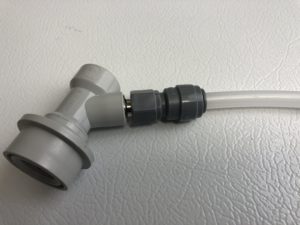 Making a pressure capable connection is as easy as pushing the tubing all the way in the fitting and firmly pulling the tubing out.
Making a pressure capable connection is as easy as pushing the tubing all the way in the fitting and firmly pulling the tubing out.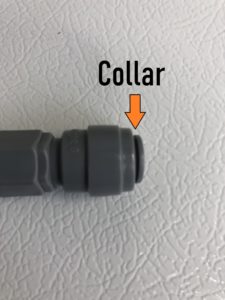 To disengage the connection press the collar toward the fitting body and pull on the tubing. A couple tools are available to help with this process. See below for photos and links.
To disengage the connection press the collar toward the fitting body and pull on the tubing. A couple tools are available to help with this process. See below for photos and links.